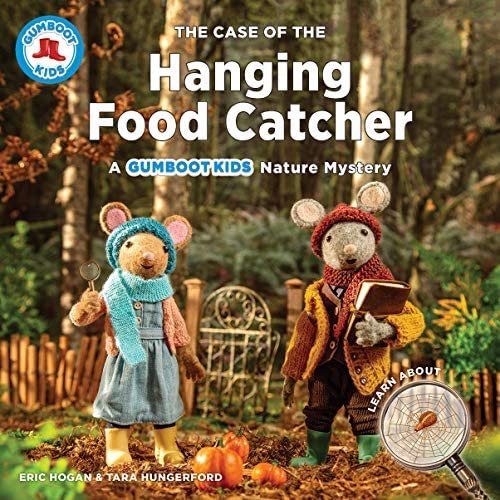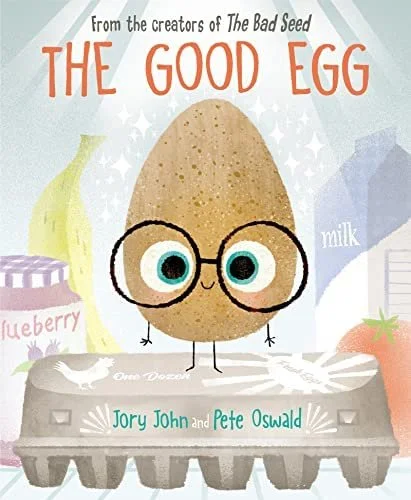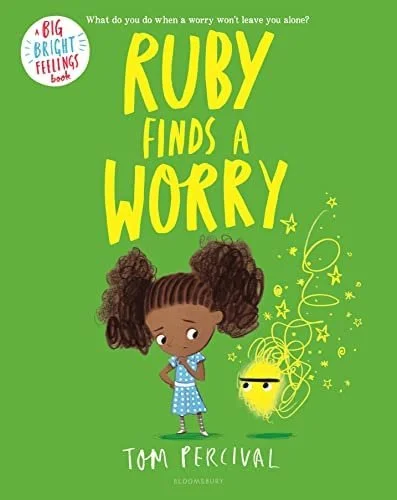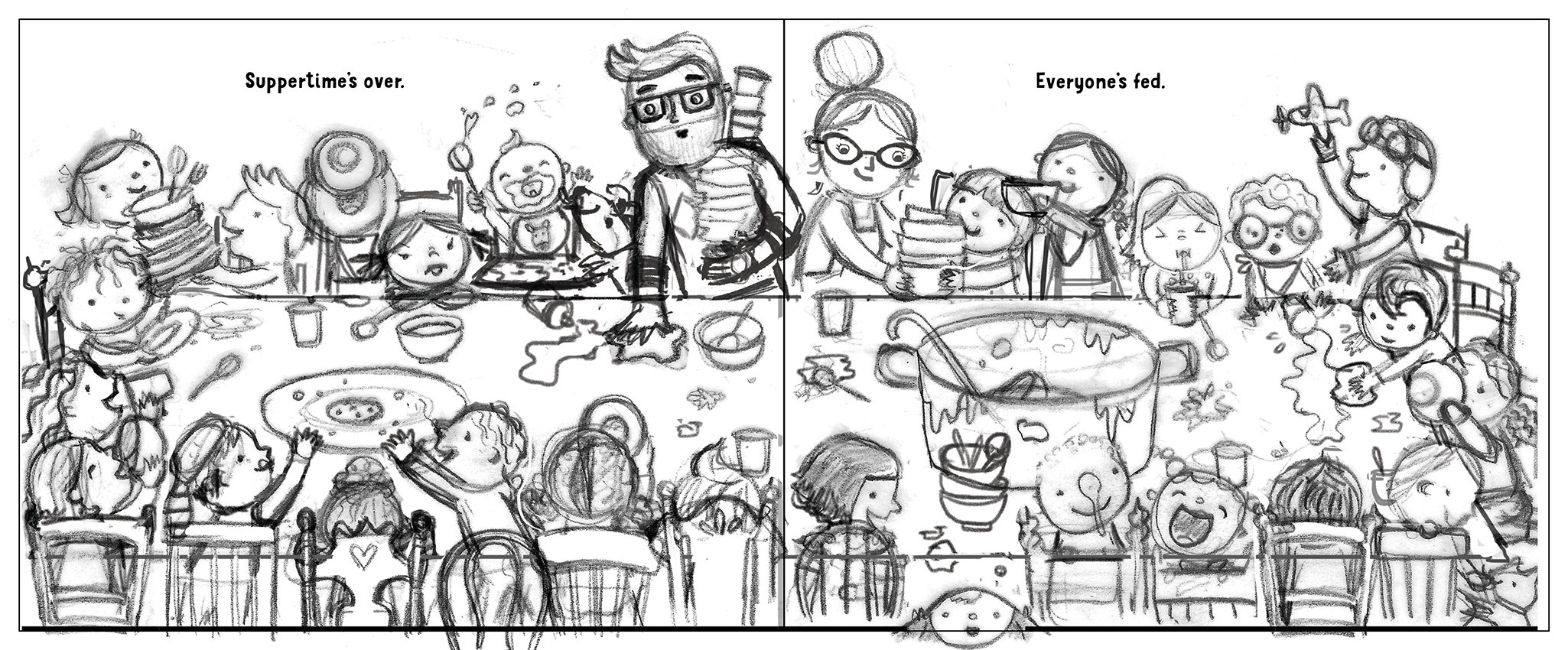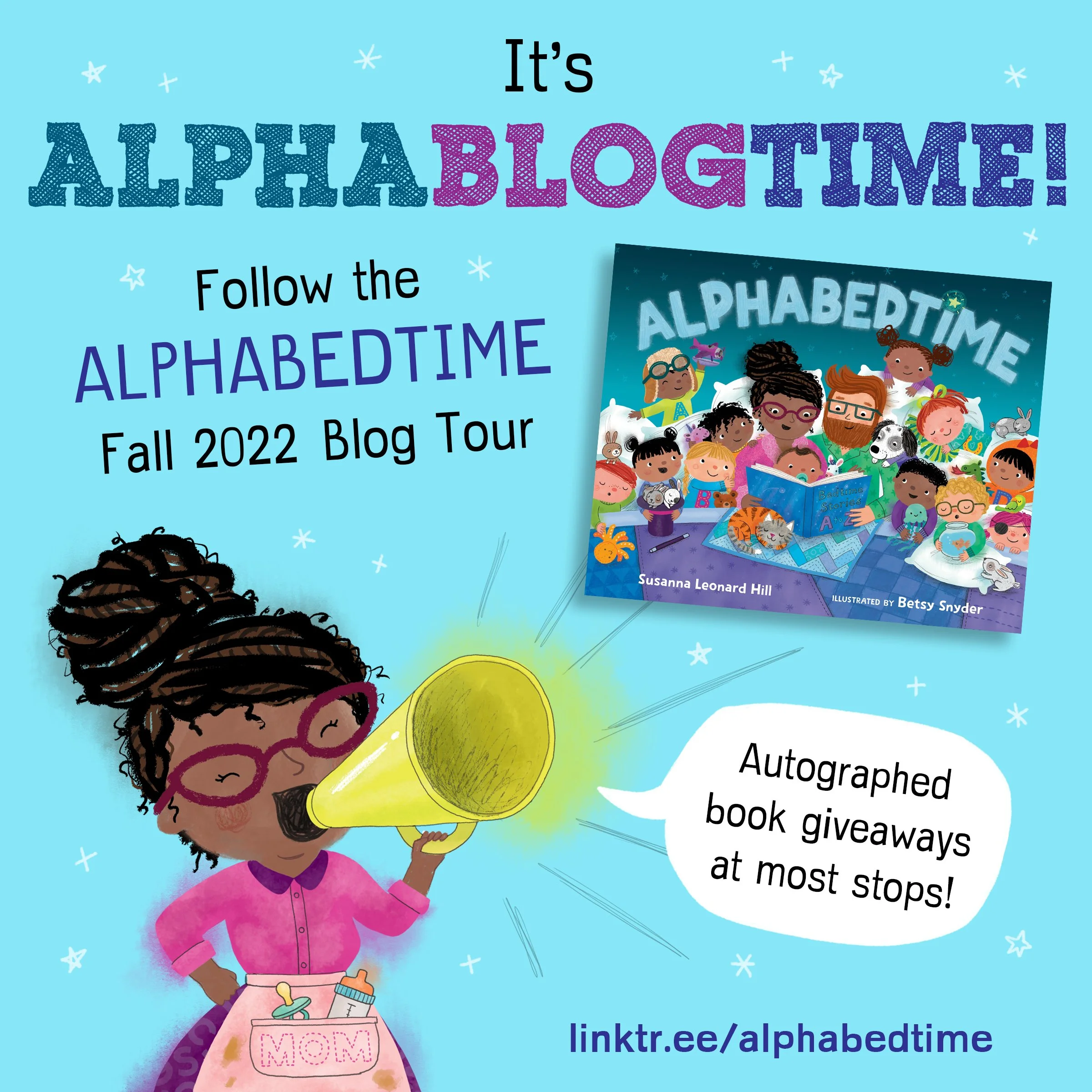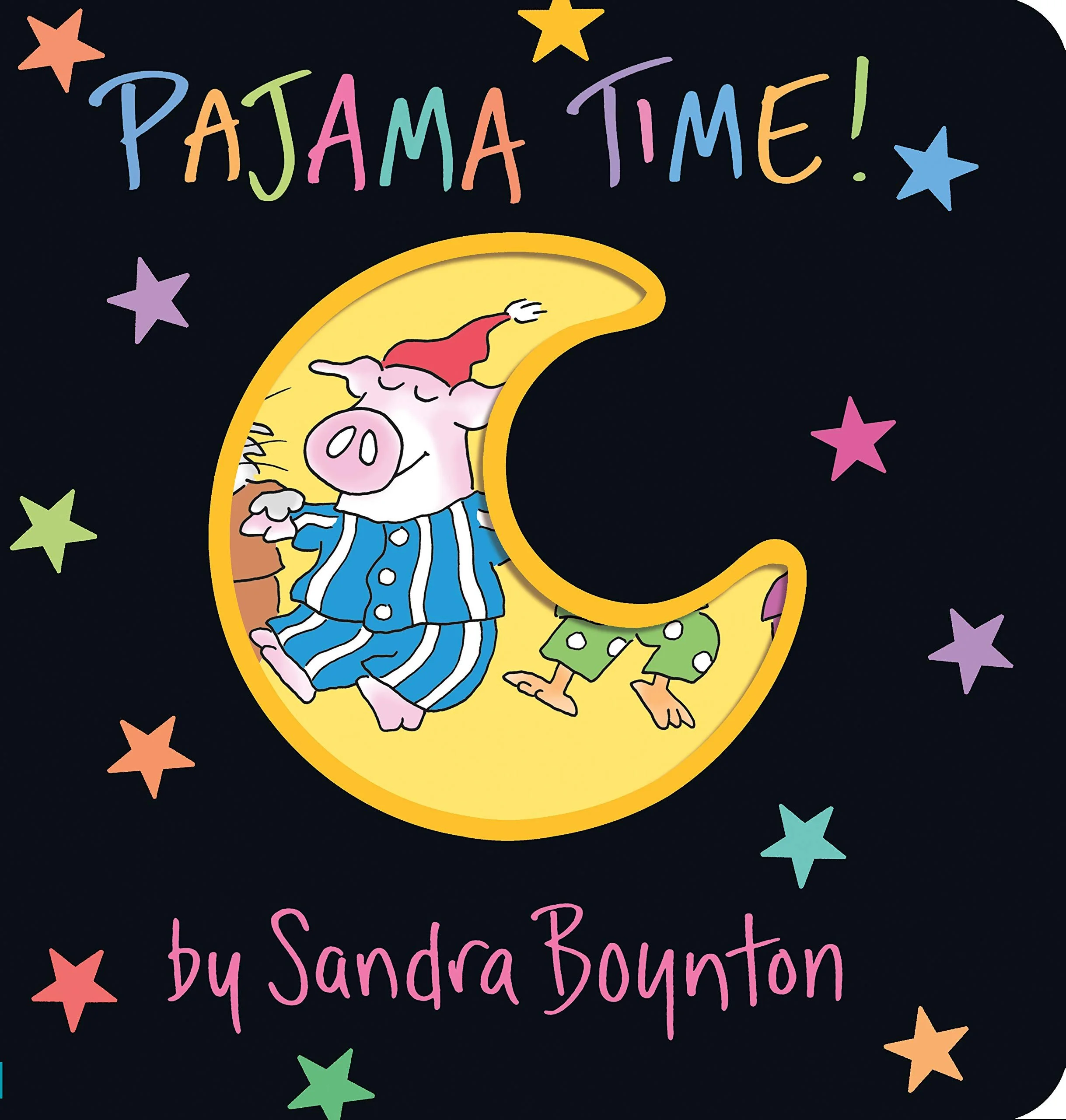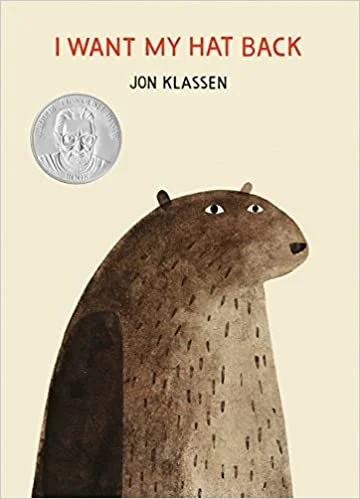We are so excited to have Melissa Stewart join us today to share information about Expository Nonfiction Picture Books!
Melissa Stewart has written more than 200 science-themed nonfiction books for children, including the Sibert Medal Honoree Summertime Sleepers: Animals that Estivate, illustrated by Sarah S. Brannen, and her upcoming title Whale Fall:Exploring an Ocean-floor Ecosystem. She maintains the award-winning blog Celebrate Nonfiction , and her highly-regarded website features a rich array of nonfiction reading and writing resources.
Most children’s book agents and editors chose to careers in publishing because they’re naturally drawn to stories and storytelling. And because they receive many, many more submissions than they can possibly accept, they’re taught to select manuscripts they fall in love with. So it’s no surprise that, when it comes to nonfiction, they’ve traditionally tended to favor submissions with a narrative writing style.
But many children think differently. These budding scientists, engineers, computer programmers, accountants, carpenters, plumbers, electricians, and more are drawn to expository nonfiction —text that explains, describes, or informs in a clear, accessible way. This is also the kind of nonfiction teachers focus on during informational writing units, so increasingly, publishers are looking for engaging, innovative manuscripts with an expository writing style. As a result, editors and agents are becoming interested in expository nonfiction picture books and, in the last few years, there’s been a uptick in the number being acquired and published.
For many writers, the most challenging thing about writing expository nonfiction is text structure. While nearly all fiction and narrative nonfiction has a chronological sequence structure, as I explain in this series of articles published in School Library Journal, expository nonfiction can have just about any text structure you can think of.
If I’m lucky, I know the text structure of a book before I start writing, but often it takes years of experimenting. This interactive timeline describes my 4-year journey in search of the perfect text structure for my book Can an Aardvark Bark?
As Lydia Lukidis explains superbly in this Storystorm blog post , another important element of an expository nonfiction picture book is “the hook.” The information has to be presented in a way that makes kids care. It’s all about fueling their natural curiosity.
Beyond that, elements like strong voice and rich language make editors and agents sit up and pay attention. You can find informative video mini-lessons on these topics here. While they’re intended for teachers, they’re just the kind of information children’s book creators can benefit from, too.
And finally, I’d like to recommend the anthology Nonfiction Writers Dig Deep: 50 Award-winning Authors Share the Secret of Engaging Writing, which I edited. It includes inspiring and informative essays from all your favorite nonfiction authors talking about their creative process.
Good luck with your expository nonfiction picture book manuscript!


























